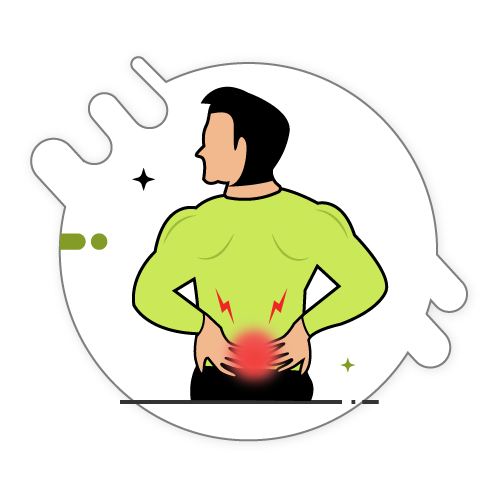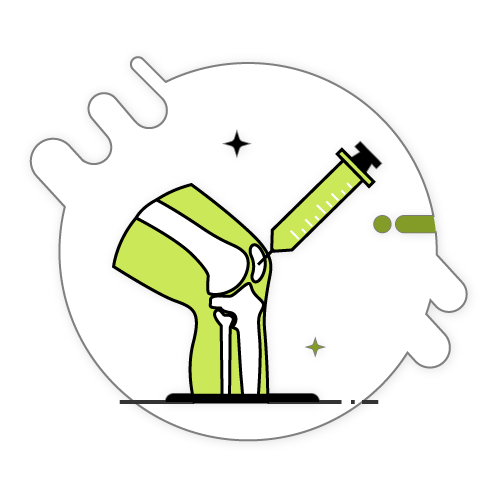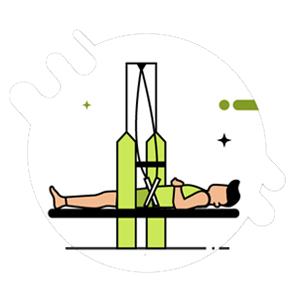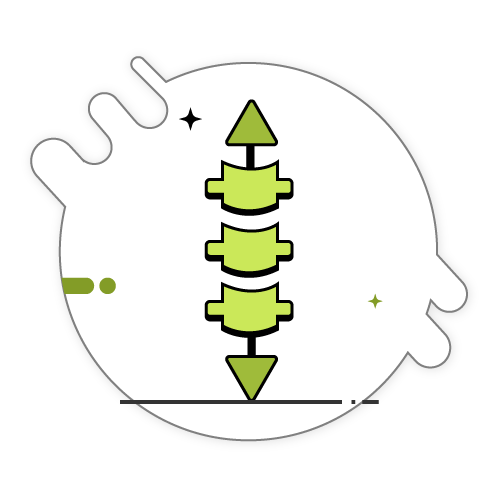Athletes are Healthy So Why Are They More Prone to Bulging Discs?
Athletes put a lot of time and energy into their health and fitness routines. They follow strict diets filled with complex carbohydrates and protein to stay lean and strong, and they load up on vitamins and supplements to keep their bodies operating at peak performance 24/7. However, this does not mean that an athlete’s body is completely perfect.
Athletes are among the most common people to suffer from spinal injuries specifically bulging discs. If athletes put so much time and effort into their bodies, what’s going wrong with their spines?
Athletic performance can take a toll on the body over time, which is why we treat many athletes with back pain at Advanced Spine & Posture in Lansing, MI.
What exactly is a bulging disc?
The term bulging disc is commonly used interchangeably with other terms such as pinched nerve, slipped disc, and herniated disc, but these are not quite the same thing.
Between each vertebrae of your spine sits a small fluid-filled disc. These discs have an inner portion, filled with jelly-like fluid, and a tougher outer ring. If you suffer from a bulging disc, the fluid from the inner ring pushes out toward the outer ring, causing the edge of the disc to protrude or bulge. This protrusion may affect nearby nerve roots by causing inflammation or compressing them, resulting in pain and numbness in part of your body.
Bulging discs are particularly common in the cervical spine, or neck, and the lumbar spine, or lower back.
Athletic performance can hurt the spine
Just about anyone can suffer from a bulging disc, but athletes may be more at risk than the average person due to the immense amount of stress they place on their bodies.
Discs may bulge as a result of becoming weakened due to consistent stress. Because discs help absorb shock in the spine between the vertebrae, they naturally degenerate, or wear down, over time. However, the consistent running, lifting, and twisting movements that are common in most sports may add extra stress to the spine and cause the discs to degenerate faster.
Ideal treatment for athletes with bulging discs
Bulging discs have the ability to heal on their own in time. However, given the intense nature of some sports, not all athletes may heal easily without taking time off from practice or games. Rest, anti-inflammatory medications, and heat and cold therapy may help relieve the painful symptoms of a bulging disc at home.
For athletes, though, getting back into top physical condition and getting back on the field is of the utmost importance. For this reason, it may benefit athletes suffering from a bulging disc to visit a chiropractor to discuss more effective treatment options.
Chiropractic manipulations may be able to reverse the symptoms of the bulging disc by re-aligning the spine and obtaining bodily balance, which may remove the pressure off the affected nerve root. At Advanced Spine and Posture in Lansing, MI, we utilize a Chiropractic BioPhysics (CBP) approach to patient care, which emphasizes total-body health through chiropractic alignments.
Call us today or schedule online to learn more about our services and discover how we may be able to make your life more comfortable.
Chiropractic BioPhysics, or CBP, is one of the most scientific, researched, and results-oriented corrective care techniques. CBP-trained chiropractors aim to realign the spine back to health, eliminating nerve interference and addressing the source of pain, fatigue, and disease. As with all chiropractic care, CBP is gentle, painless, and non-invasive.
Frequently Asked Questions (FAQs)
Q1: What is a bulging disc?
A bulging disc occurs when the fluid from the inner part of a spinal disc pushes out toward the tougher outer ring, causing the edge of the disc to protrude. This can lead to inflammation or compression of nearby nerve roots, resulting in pain and numbness.
Q2: Why are athletes more prone to bulging discs?
Athletes may be more susceptible to bulging discs due to the high levels of physical stress their bodies endure. Activities that involve running, lifting, and twisting can add extra stress to the spine, accelerating disc degeneration and leading to bulging discs.
Q3: How can athletic performance hurt the spine?
Athletic performance can hurt the spine by placing repeated stress on the spinal discs, which are meant to absorb shock. Over time, this stress can cause the discs to wear down more quickly than they naturally would, increasing the risk of bulging discs.
Q4: Can bulging discs heal on their own?
Bulging discs can heal on their own over time, especially with rest, anti-inflammatory medications, and heat and cold therapy. However, the healing process can be slow, and athletes may not heal as easily without taking a break from their sports activities.
Q5: What treatment options are available for athletes with bulging discs?
In addition to rest and home therapies, chiropractic care, including spinal manipulations, can be an effective treatment option for athletes with bulging discs. Chiropractic care aims to realign the spine and remove pressure on the affected nerve root, potentially reversing the symptoms of a bulging disc.
Q6: What is Chiropractic BioPhysics (CBP)?
Chiropractic BioPhysics (CBP) is a scientific, research-based chiropractic technique focused on realigning the spine to eliminate nerve interference and address the root causes of pain, fatigue, and disease. CBP aims for total-body wellness through precise chiropractic adjustments.
Q7: How can a chiropractor help athletes with bulging discs?
A chiropractor can help athletes with bulging discs by providing tailored treatments that may include chiropractic manipulations, advice on posture and movement, and strategies to strengthen the spine. This holistic approach helps athletes return to their sports more quickly and safely.
Q8: Where can athletes seek chiropractic care for bulging discs?
Athletes looking for chiropractic care for bulging discs can visit Advanced Spine and Posture. Our clinic offers specialized care, including CBP, tailored to meet the unique needs of athletes and help them achieve total-body health.
Q9: How can athletes prevent bulging discs?
Preventing bulging discs involves maintaining a strong, flexible spine through regular exercise, proper lifting techniques, and avoiding excessive strain on the back. Athletes should also pay attention to their body’s signals and seek early treatment for any back pain or discomfort







